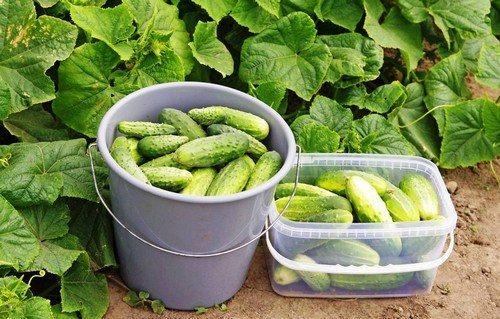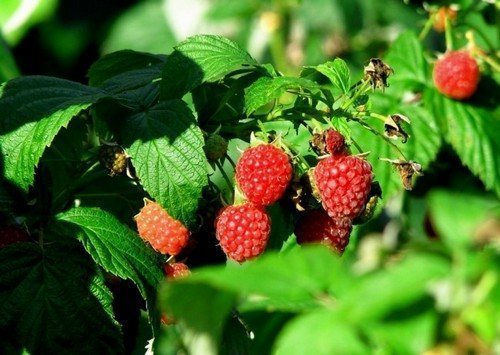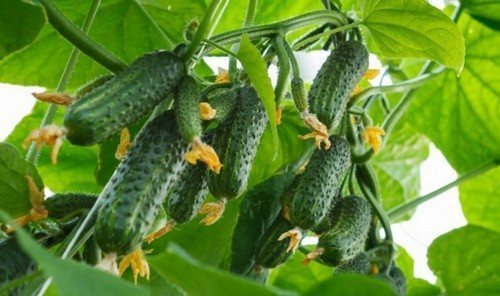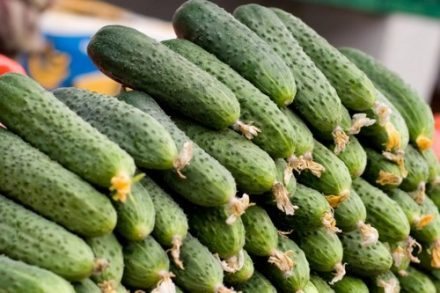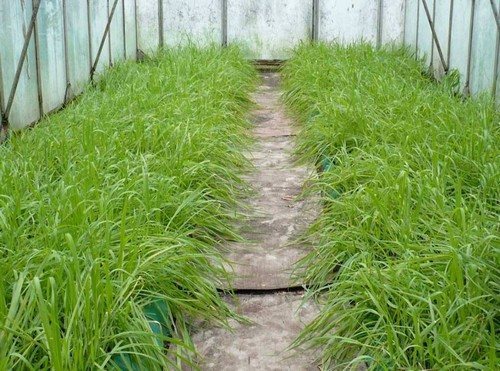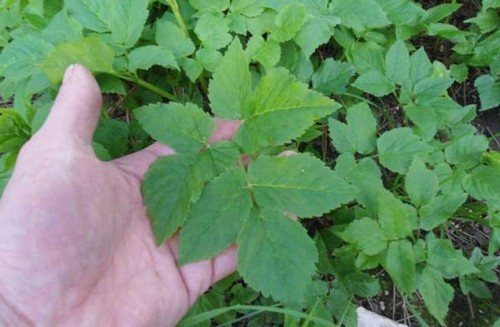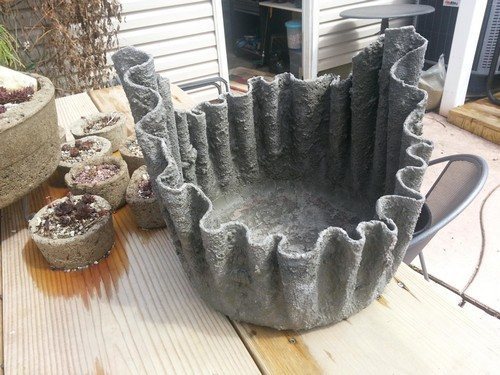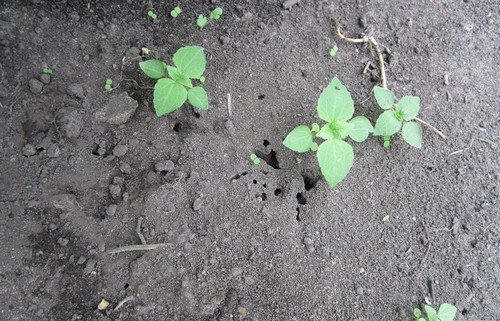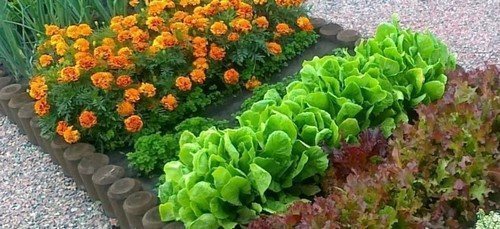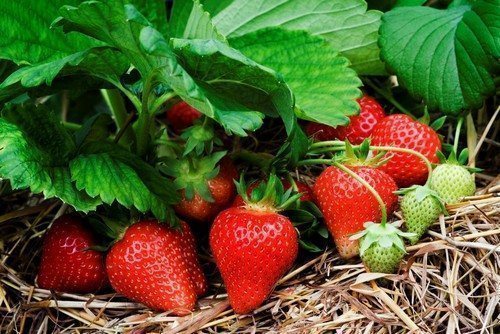From mid-summer, an unpretentious vegetable crop requires attention and care. Cucumber plantings delight gardeners with an abundant harvest, as long as fresh, healthy leaves and stems are preserved. How to create comfortable conditions for cucumbers to harvest in buckets?
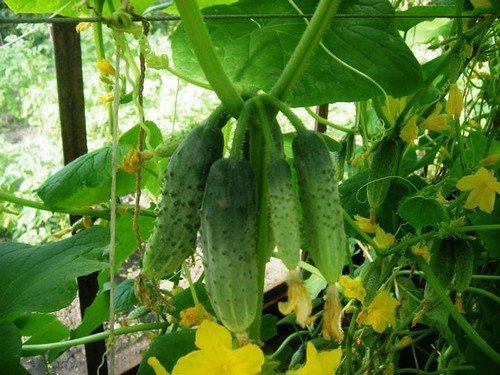
Irrigation activities
An important part of care is proper watering.
Due to lack of moisture, the leaves turn yellow, and in dry, hot weather the fruits become thick-skinned and bitter in taste. Abundant (up to 12 liters per m²) morning watering with warm water is carried out every other day, spilling the soil to a depth of 20 cm, without moistening the root collar. The best option is drip irrigation. In the evening, moisten the leaf plates with a sprayer. In hot weather, the passages in greenhouses are filled with containers of water.
- Plants get sick from cold water supply. You need to take water from a barrel, which is heated during the day and reaches a temperature of 24°.
- The watering hose is placed in the garden bed; water cannot be poured from above.
- If moisture penetration is difficult, punctures are made in the ground with a pitchfork.
- Ground plantings require watering, greenhouses and greenhouses require ventilation.
- Excess moisture causes the roots to rot, so drainage grooves 15 cm deep are needed around the plantings.
- At the end of summer, watering is reduced.
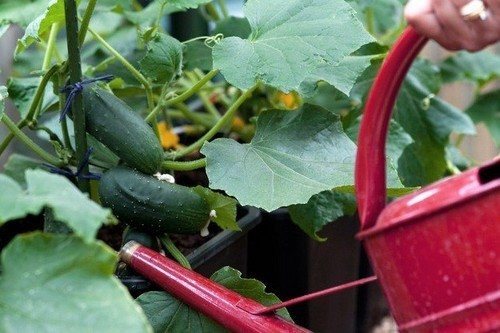
Dry watering - gentle loosening
The soil around the cucumbers, between the rows, is loosened by hand, without damaging the delicate roots located on the surface.
Shallow grooves around the seedlings will enhance the effect of watering and fertilizing. To avoid damaging the crop by loosening, the soil is mulched. For mulch use:
- peat;
- hay;
- rotted sawdust;
- straw;
- humus.
A 6 cm layer of mulch will retain moisture, protect against weeds, prevent the formation of crust, and protect the roots from overheating and hypothermia.
Constantly exposed roots require regular hilling.
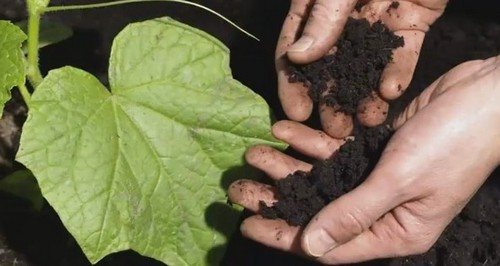
Adding Nutrients
During harvest, plants require weekly proper feeding. Pour 2 cups of apple cider vinegar into a 200-liter barrel of water, mix and water the greens.
A lack of microelements in the soil is indicated by deformed fruits, barren flowers, and low yields.
In mid-summer, cucumbers need organic matter, nitrogen and potassium mineral complexes. Liquid organic matter is alternated with mineral fertilizers.
2 ways of feeding:
- spraying on leaves;
- watering with nutrient mixtures.
In cold weather, foliar feeding is useful.
When harvesting vegetables, seedlings need fertilizer three times in the form of solutions of cow manure and chicken manure 1 to 20 parts. To 10 liters of working solution add 1 tbsp. spoon of nitrophoska and potassium sulfate. Manure-based fertilizers “Sadovnik” and “Gumisol” will help out. Then the cucumbers will get stronger and gain weight. Do not allow the solution to get on the leaves and stems of plants. The mixture should be poured into the grooves made during loosening. A liter of liquid is enough to water 4 plants.
With a lack of potassium, the fruits have the appearance of a pear. Treatment with an aqueous solution of wood ash at the rate of a 10-11 liter glass will extend the harvest season and strengthen the bushes.At the peak of fruiting, ash pollination increases immunity and repels pests. A glass of fertilizer is used to pollinate 1 m² of cucumber bed.
Light skin and a curved upper part of the fruit indicate a lack of nitrogen. The problem will be corrected by adding 50 g of urea, 30 g of potassium nitrate to a bucket of water. Spray the plants from a small watering can. At the initial stage of fruiting, the vigorous ones are watered with a solution of superphosphate and potassium salt: 60 g - per 12 liters.
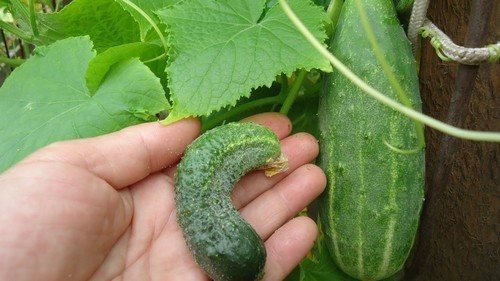
Yeast mixture
From the moment the first fruits appear, it is recommended to water the plantings with a yeast cocktail 4 times. 100 g of yeast are dissolved in 5 liters of water, add half a glass of sugar, leaving for 2 hours to ferment. The working mixture is diluted with water in a ratio of 1:5, pouring 1 liter onto each plant.
Herbal infusion
Place the juicy grass tightly in a black plastic bag, close it, and leave to bask in the sun for 2 days. Fill half the container with hot grass, add water, and leave to ferment for 2 hours. Pour the prepared tea over the cucumbers, adding 1.5 liters per plant.
Each fertilizer should be applied once a week separately, without mixing with other components. To absorb fertilizers and get rid of chemical burns, the soil is first shed.
Adjustment of shoots
Tearing off diseased, yellowed lower leaves and removing drying vines will delay the death of the stems and prolong the harvest of cucumbers. It’s easier to care for and harvest from tied vines. Cucumbers growing in vertical beds bear fruit longer, get sick less, have better lighting and ventilation.
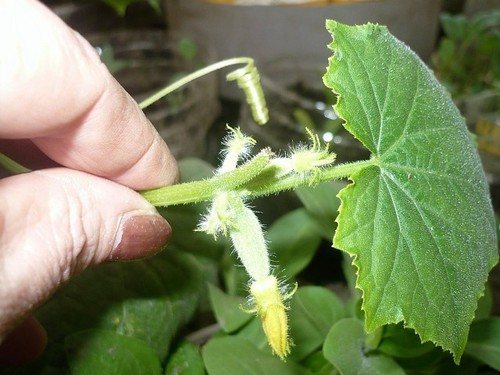
Protection from pests and diseases
Preventative treatments of street plantings are carried out after rain.No chemicals are used during the harvest period. Will protect from diseases and pests:
- weeding;
- loosening;
- feeding;
- frequent watering.
Medicines for leaves
A solution of milk and iodine is a preventive folk remedy against powdery mildew and root rot. Dilute sour milk or whey with water 1:5, add 2-3 drops of medical iodine for each liter of mixture.
It is useful to spray the stems and soil with a weak solution.
A remedy for preventing diseases and treating leaves is an aqueous solution of 10 ml of brilliant green per bucket.
Natural infusions of garlic, onion peels, and tobacco dust are used against aphids. Spraying both sides of the leaves is carried out weekly. After treatment, the seedlings are covered. You can use ready-made biological products from garden stores. From the beginning of August, cucumber bushes are sprayed with antifungal drugs, covered with improvised materials, film
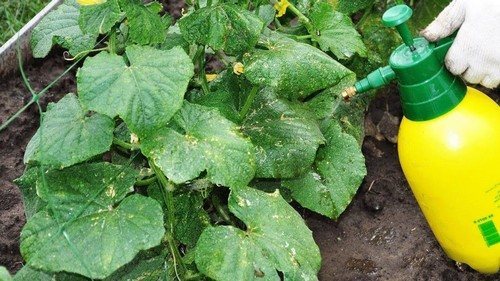
Harvesting Rules
- Cut the fruits with scissors with part of the stalk in the morning, without turning over the vines.
- Do not allow mature, unattractive fruits to remain in the beds. The cucumbers left behind delay the formation of the next ovaries.
- Frequent collection of greens tones the plants and prolongs the harvest time.
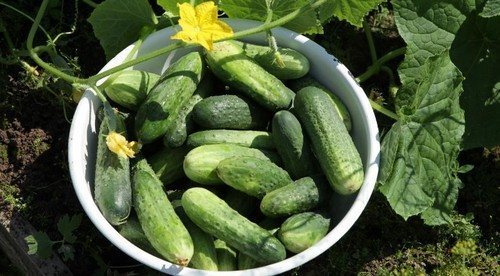
Simple care of vegetable crops will allow you to obtain tasty, beautiful fruits. Regular care of plantings and adherence to 6 simple rules will extend the cucumber season.


